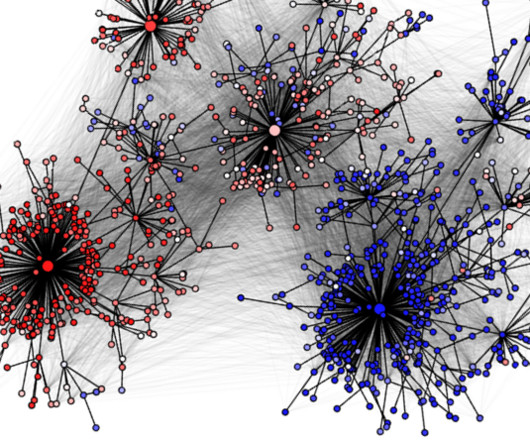Imaging the invisible: how can research software and imaging techniques help scientists study the things we can’t see?
Futurum
NOVEMBER 1, 2022
Because computational methods originated in the natural sciences, some disciplines, such as chemistry and physics, have lots of research software at their disposal. Chemistry with Dr Nicole Hondow and Stuart Micklethwaite. You will also need to develop your people skills so that you can communicate well.











Let's personalize your content